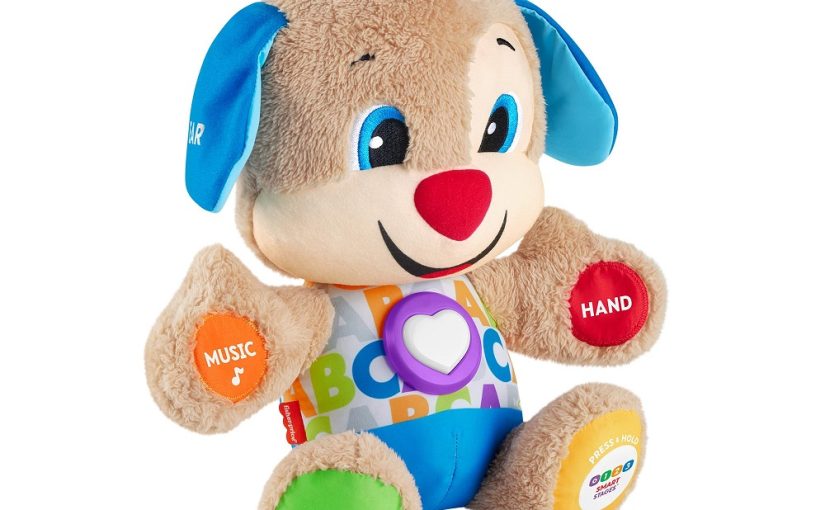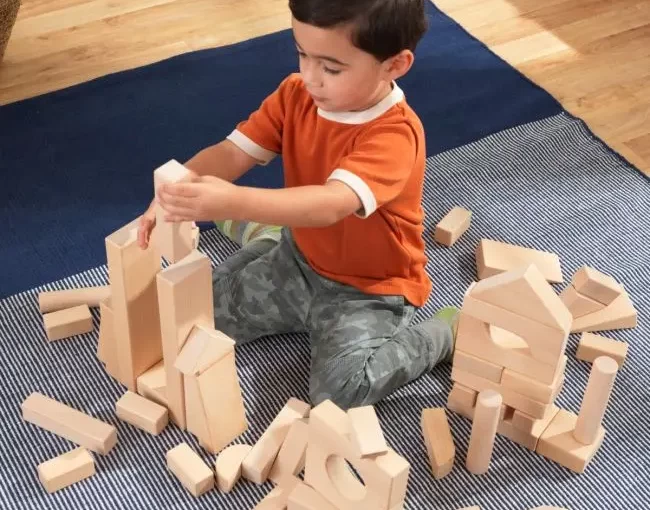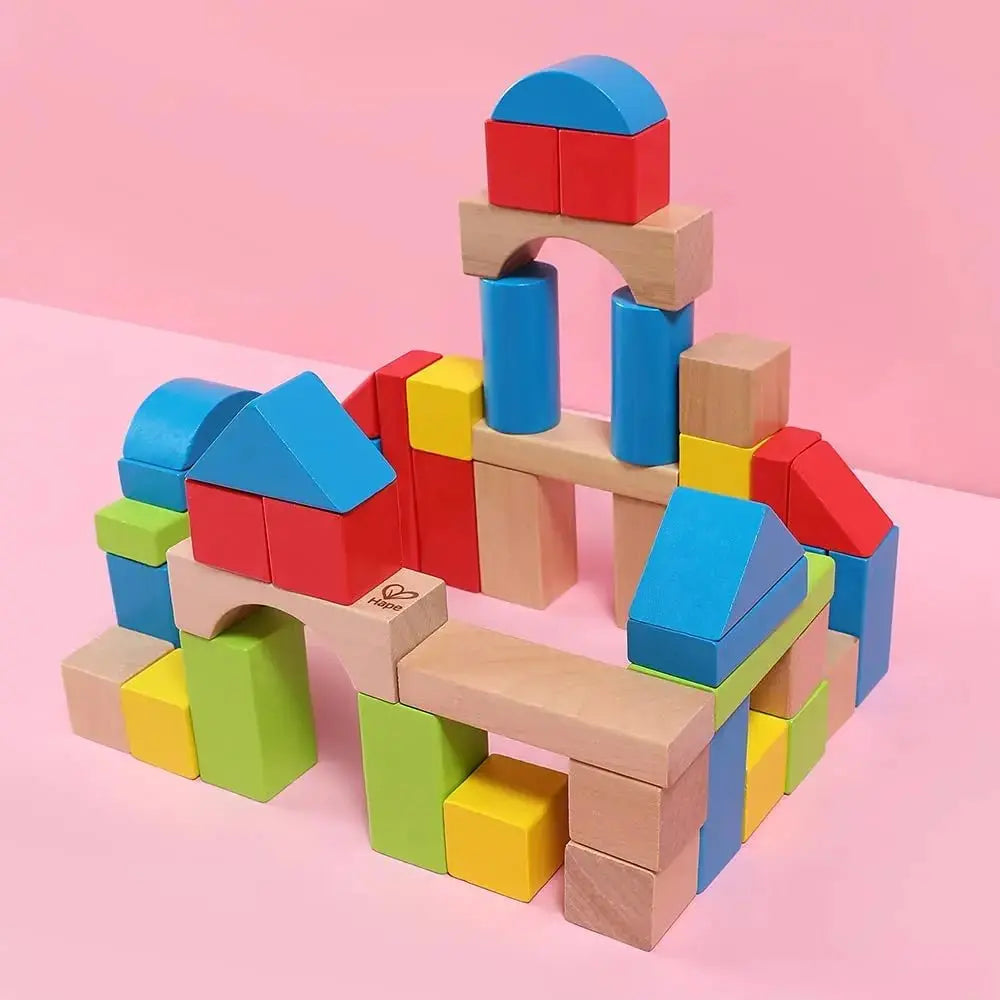Importance of Educational Toys in Early Development
Educational baby toys play a critical role in shaping a baby’s early learning and growth. These toys are designed to engage, challenge, and stimulate young minds in creative ways.
Stimulating Cognitive Growth
Educational toys help babies develop brain functions by enhancing problem-solving and memory skills. Simple puzzles, stacking toys, and shape sorters encourage logical thinking and understanding of patterns.
Promoting Physical Development
Toys that require movement, like soft balls or building blocks, improve coordination and motor skills. Babies learn to grasp, hold, and balance, essential for physical milestones like crawling and walking.
Encouraging Emotional and Social Skills
Interactive toys, like dolls and role-play sets, build emotional connections and teach sharing. Playing with others helps babies understand social norms and communication.
Educational baby toys provide both fun and learning, creating a strong foundation for lifelong skills.

Key Benefits of Using Educational Baby Toys
Educational baby toys offer several advantages that promote healthy growth and learning for young children.
Boost Cognitive Development
Educational toys encourage problem-solving and critical thinking. They help babies learn shapes, colors, and patterns through play, enhancing memory and logic.
Improve Physical Skills
Toys requiring movement, such as stacking blocks or balls, improve coordination and fine motor skills. These activities help babies master physical milestones, like grasping and balancing.
Strengthen Social and Emotional Learning
Interactive toys foster sharing and teamwork, helping babies learn social norms. Dolls and role-play sets enhance emotional connections and teach empathy.
Encourage Creativity and Imagination
Educational baby toys inspire imaginative play, allowing babies to create and explore. Open-ended toys, like art kits and building sets, help develop creative thinking skills.
Investing in educational toys lays a foundation for lifelong learning and holistic development. Balance fun and education to make playtime meaningful.
Types of Educational Baby Toys and Their Functions
Educational baby toys come in various types, each targeting specific areas of a child’s development. Choosing the right toys can make learning enjoyable and impactful.
Toys for Cognitive Skills Development
Toys designed for cognitive growth improve problem-solving, memory, and logical thinking. Puzzles are excellent for teaching shapes, sizes, and spatial awareness. Stacking toys improve understanding of sequences and order. Shape sorters develop reasoning skills by matching shapes with their slots. These toys help babies recognize patterns, colors, and numbers as they play.
Toys for Physical and Motor Skills Enhancement
Physical development toys improve fine and gross motor skills. Soft balls encourage crawling, throwing, and catching, enhancing hand-eye coordination. Building blocks strengthen grip, balance, and stacking abilities. Push-and-pull toys aid mobility and help babies strengthen their muscles. These toys enhance physical milestones, such as walking and reaching.
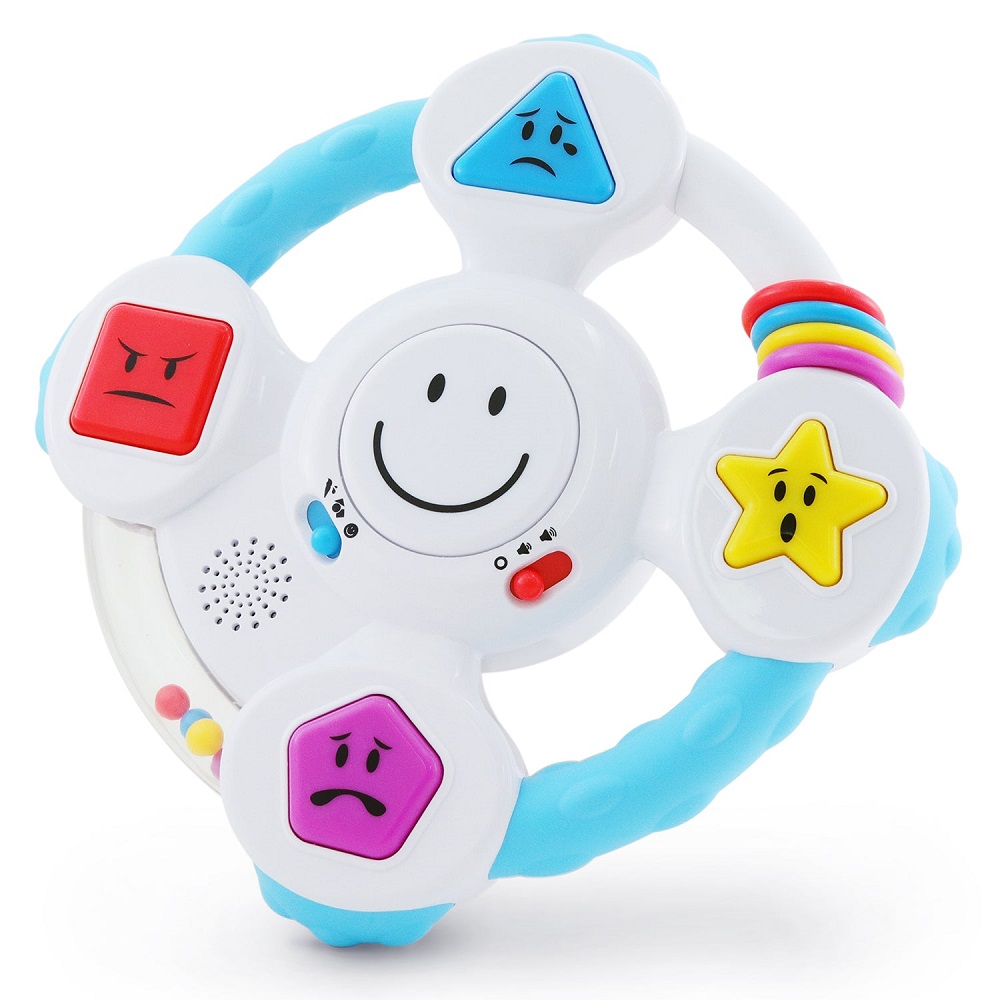
Toys for Social and Emotional Growth
Toys for social and emotional development build empathy and communication skills. Dolls teach babies how to care and connect emotionally. Pretend play sets encourage teamwork and sharing habits. Musical toys promote interaction between babies and caregivers. Interactive toys introduce babies to the concept of taking turns and understanding others’ feelings. These toys foster a sense of belonging and emotional awareness.
Educational baby toys tailored to specific functions foster holistic development. By encouraging mental, physical, and social growth, the right toys can lay the groundwork for lifelong skills.
Choosing the Right Educational Toys for Different Age Groups
Selecting educational baby toys based on age is essential for effective learning and safe play. Babies undergo rapid changes during their early years, so their needs and abilities vary significantly by age. Understanding these stages helps ensure toys match their developmental milestones.
Newborn to 6 Months
- Visual and Auditory Toys: Toys like high-contrast mobiles and rattles stimulate a baby’s senses.
- Tummy Time Mats: These help strengthen neck and shoulder muscles while encouraging crawling.
- Soft Textured Toys: Plush toys with various textures engage touch and sensory exploration.
6 to 12 Months
- Teethers and Soft Grasp Toys: These support teething and enhance grip development.
- Stacking and Nesting Toys: Build early problem-solving and fine motor skills.
- Musical Toys: Encourage auditory recognition and stimulate cognitive development.
1 to 2 Years
- Push-and-Pull Toys: Help with walking stability and muscle development.
- Building Blocks: Boost creativity, problem-solving, and hand-eye coordination.
- Shape Sorters and Basic Puzzles: Teach spatial awareness and enhance logical thinking.
2 to 3 Years
- Pretend Play Sets: Foster imagination, role-playing, and social interactions.
- Art Supplies: Develop creativity and fine motor control through drawing or coloring.
- Simple Board Games: Encourage turn-taking and basic cooperative play.
Choosing age-appropriate educational baby toys ensures safe and meaningful growth. Match toys to developmental stages for maximum benefits.

Safety Tips for Selecting and Using Baby Toys
Safety is a top priority when choosing and using baby toys. Babies are prone to choking, injuries, or exposure to harmful materials. Parents must carefully consider toy safety to ensure their child’s well-being and development.
Check Age Recommendations
Always choose toys based on age recommendations provided by manufacturers. Age-appropriate toys match the baby’s developmental stage and prevent safety risks. For example, toys for newborns should be soft and free of small parts.
Ensure Non-Toxic Materials
Select toys made with non-toxic and BPA-free materials. Babies often chew or suck on toys, so avoid harmful chemicals. Check labels for certifications like “safe for baby use.”
Inspect for Small Parts
Avoid toys with removable small parts to prevent choking hazards. Always supervise play to ensure safety. Blocks or puzzles that are large and well-designed are safer choices for younger children.
Choose Sturdy and Durable Toys
Select toys that are robust and can handle wear and tear. Fragile toys may break into sharp pieces, which can harm babies. Quality materials help ensure the toys last and remain safe.
Avoid Long Strings or Cords
Do not choose toys with long strings or cords. These pose strangulation risks for babies. Opt for designs without excessive attachments to keep playtime hazard-free.
Regularly Clean and Maintain Toys
Keep toys clean to prevent germs and bacteria from affecting your child. Wash plush toys or wipe hard toys regularly. Inspect for breakage or wear, and replace damaged toys immediately.
Monitor Playtime
Always supervise your baby during play to identify and address risks. Even safe toys can pose dangers if misused. Encourage healthy play habits and guide babies through safe exploration.
By prioritizing safety, parents can ensure babies enjoy their educational toys securely. Thoughtful choices create a safe environment for growth and play.
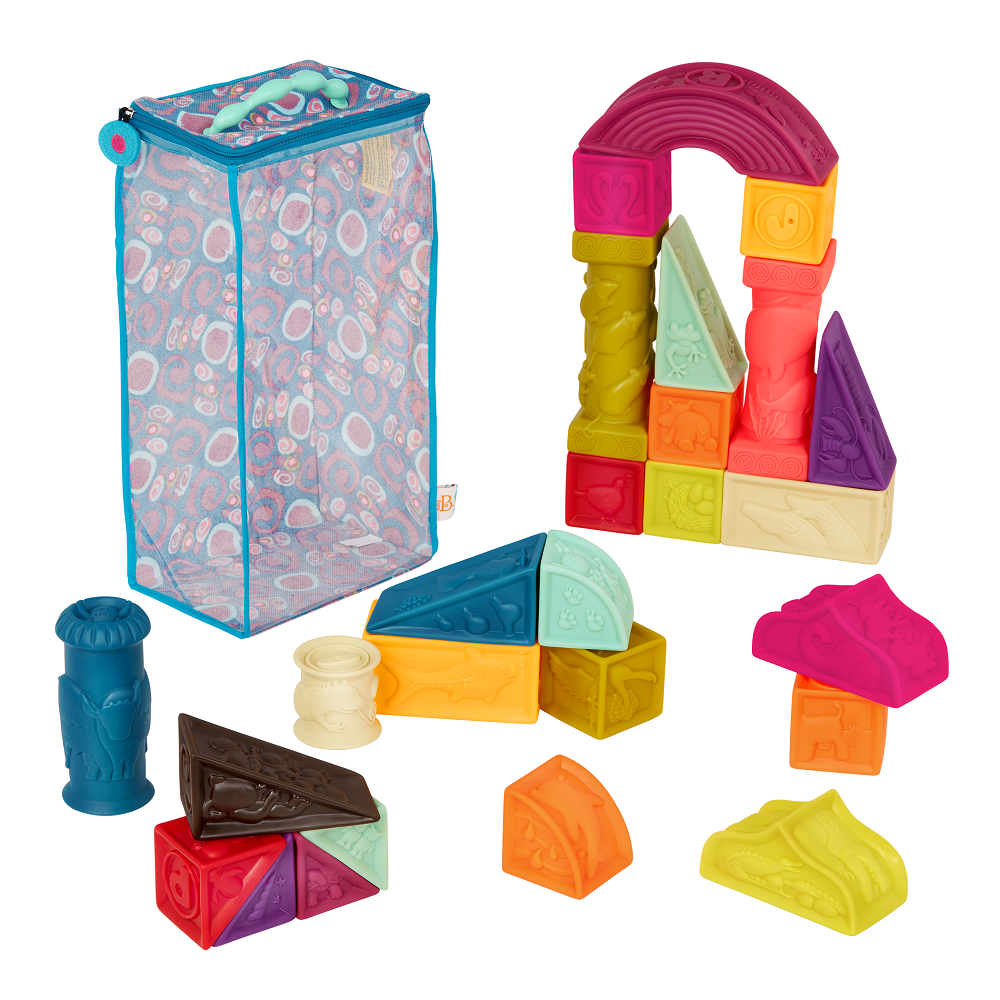
DIY Educational Baby Toy Ideas
Creating DIY educational baby toys can be a fun, cost-effective, and personalized way to support your baby’s development. You can make simple, safe, and engaging toys at home that cater to your child’s specific developmental needs. Here are some creative ideas:
1. Sensory Bottles
- Fill clear, plastic bottles with water, glitter, and small colorful beads.
- Seal them tightly to ensure safety.
- These bottles stimulate visual and auditory senses, enhancing focus and curiosity.
2. Homemade Shape Sorters
- Use a sturdy cardboard box and cut out holes matching common shapes like circles and squares.
- Create shapes using foam or cardboard for babies to match and place inside.
- This toy improves problem-solving and hand-eye coordination.
3. Fabric Books
- Stitch soft fabric pieces together to create a book.
- Add different textures, buttons, and Velcro for exploration.
- This encourages tactile learning and fine motor skills.
4. Stackable Cup Towers
- Use recycled plastic cups to create stackable towers.
- Teach babies to stack and unstack, developing motor skills and spatial awareness.
5. Musical Shakers
- Fill small plastic containers with rice, beans, or pasta.
- Secure the lids firmly to avoid spills.
- Shakers promote auditory stimulation and rhythmic play.
6. Texture Exploration Box
- Place various household objects with different textures (sponges, fabric, soft brushes) in a safe box.
- Allow babies to explore with their hands, developing sensory and tactile skills.
7. Ribbon Pull Toy
- Use a shoebox and poke small holes in it.
- Insert colorful ribbons and tie knots at both ends.
- Babies can pull and tug the ribbons, improving their grip and concentration.
DIY educational toys not only save money but also create bonding opportunities with your baby. Ensure all toys are safe, clean, and free from choking hazards. With these homemade toys, learning can be engaging, creative, and fun.
Top Brands and Recommendations for Educational Baby Toys
Choosing the right educational baby toys can be challenging with so many options available. Selecting reputable brands ensures quality, safety, and developmental benefits. Here are some top brands and recommendations to guide your choices:
Fisher-Price
- Known for durable, engaging, and safe toys for infants and toddlers.
- Offers toys like stacking rings, shape sorters, and musical playsets.
- Focuses on enhancing motor, cognitive, and sensory skills.
LeapFrog
- Specializes in interactive toys that support early education and technology-based learning.
- Products like learning tablets and musical toys enhance literacy and numeracy skills.
- Encourages creativity and problem-solving through smart features.
Melissa & Doug
- Offers wooden toys designed for creativity and hand-eye coordination.
- Toys such as puzzles, building blocks, and pretend playsets are safe and enduring.
- Promotes imaginative play and fine motor development.
VTech
- Famous for electronic educational toys that blend learning with play.
- Includes baby laptops, activity tables, and musical interactive toys.
- Supports language development, sensory exploration, and social interaction.
Hape
- Focuses on eco-friendly wooden toys that foster creativity and physical skills.
- Examples include building kits, musical instruments, and pull toys.
- Encourages sustainability and safe design for child growth.
Manhattan Toy
- Known for soft toys that nurture sensory exploration and emotional growth.
- Plush animals, tactile toys, and activity mats are ideal for young babies.
- Combines play with comfort and soothing qualities.
Bright Starts
- Produces colorful, entertaining toys for early development.
- Items like baby gyms, teethers, and musical toys stimulate curiosity.
- Enhances playful learning and sensory engagement.
Each brand excels in creating safe, engaging, and development-focused toys. Explore these recommendations to make informed choices for your baby’s needs.
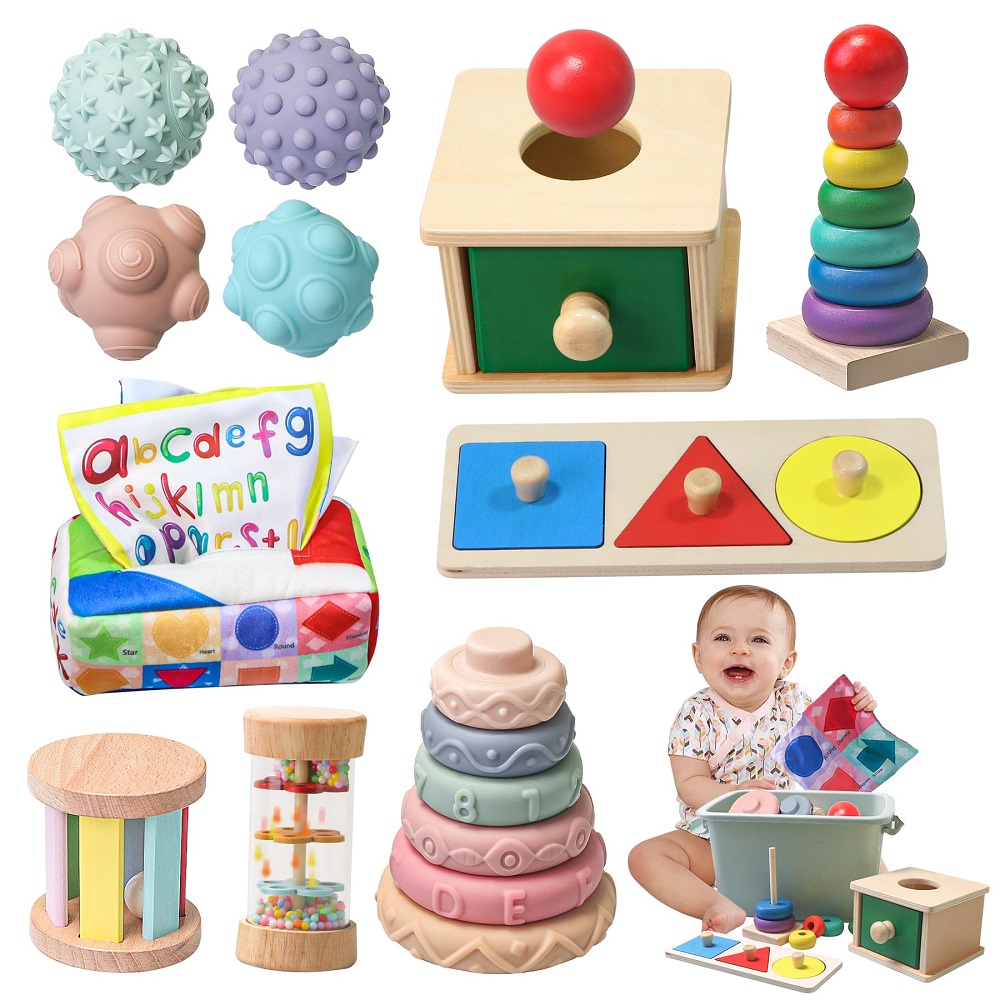
Enhancing Sensory Integration
Tactile Play Mats
Tactile play mats are designed with various textures, colors, and interactive elements to stimulate a baby’s senses. These mats often include soft fabrics, crinkly materials, and built-in toys that respond to touch. Playing on a tactile mat helps babies develop their sense of touch, coordination, and spatial awareness. It also provides a safe and engaging environment for tummy time, which is crucial for strengthening neck and shoulder muscles.
Light and Sound Toys
Toys that incorporate lights and sounds can enhance sensory integration by providing visual and auditory stimulation. Examples include spinning visual toys with colorful patterns, sound-responsive lights, and musical mobiles. These toys help babies learn to process and respond to different sensory inputs, improving their ability to focus and react to their environment. Light and sound toys also make playtime more engaging and enjoyable, encouraging prolonged interaction and exploration.
Supporting Emotional Development
Soft Comfort Toys
Soft comfort toys, such as plush animals and blankets, offer babies a sense of security and emotional support. These toys can become beloved companions that provide comfort during times of stress or when separated from caregivers. Having a consistent comfort object helps babies develop emotional resilience and a sense of stability. Additionally, interacting with plush toys can teach babies about empathy and nurturing behaviors as they engage in pretend play.
Emotion-Expressing Toys
Toys that help babies express and understand emotions are valuable for emotional development. Examples include dolls with movable parts to show different facial expressions, emotion-themed storybooks, and interactive games that prompt babies to identify feelings. These tools enable babies to recognize and articulate their emotions, fostering emotional intelligence. Learning to understand their own feelings and those of others is essential for building healthy relationships and effective communication skills later in life.
Conclusion
Building a Strong Foundation for Learning
Educational baby toys are essential tools in building a strong foundation for early learning. They support cognitive, physical, social, and emotional development, preparing babies for future academic and personal success. By carefully selecting age-appropriate, safe, and engaging toys, parents and caregivers can create a rich learning environment that nurtures a baby’s innate curiosity and desire to explore.
Fostering Lifelong Learning Habits
Introducing educational toys early on fosters lifelong learning habits. Babies develop a love for discovery and problem-solving through play, which carries into their later years. Encouraging exploration and creativity from a young age sets the stage for continuous intellectual growth and adaptability. Investing in educational toys is an investment in a child’s future, promoting skills and interests that will benefit them throughout their lives.
